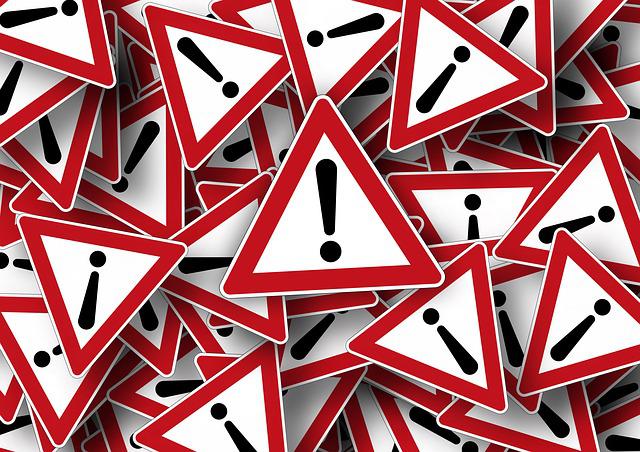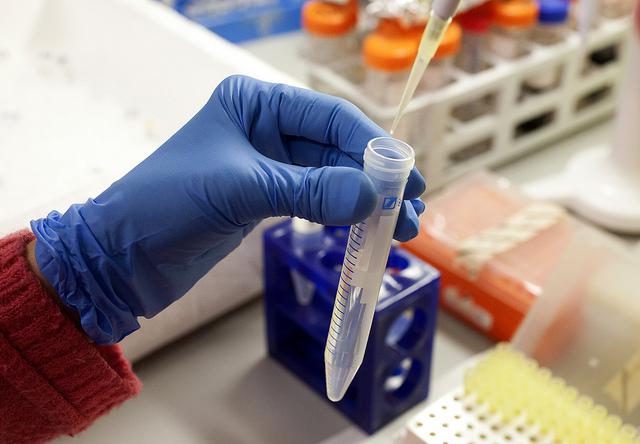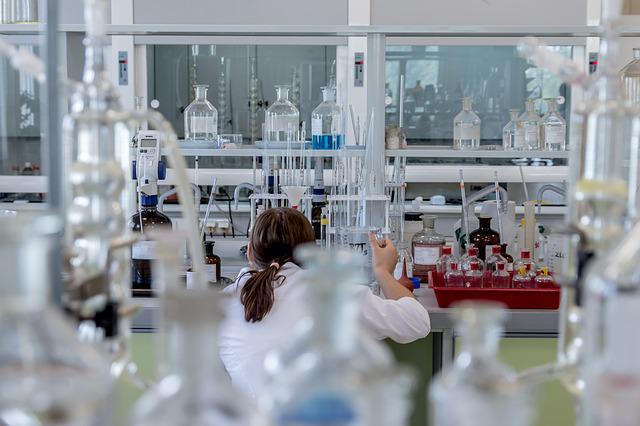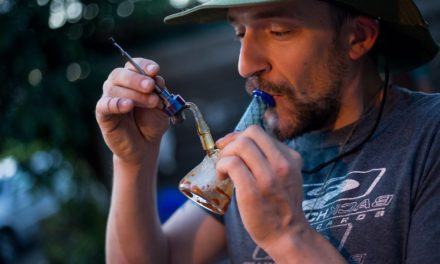Prior to consuming any new psychedelic or psychoactive substance, it is important to know whether the substance consists of what your provider claims it to be, or if it is a different substance (or combination of mixed substances) entirely. There are relatively inexpensive reagent test kits on the market that can be used to spot-test a pill or powder to find out if it is MDMA or methylone (commonly referred to as “bath salts”), or if a blotter is LSD or a more harmful substance like 25i-NBOMe.
Please note that reagent test kits are only capable of detecting the presence of a particular substance, not its overall composition. For the most accurate test of a substance’s comprehensive purity, it is best to send a sample to a specialized laboratory for comprehensive analysis, an option that will be briefly introduced at the end of this article.
In addition, a substance that has been spot-tested should not necessarily be considered safe. There are many contributing factors (mixtures of multiple substances and variations in lighting, for example) that can produce varying results even with the same substance.
Why It Is Important
Reagent testing is an integral part of the wider notion of harm reduction. The concept of harm reduction acknowledges that people are going to engage in potentially dangerous behaviors like drug use and sexual activities, and aims to redirect the focus on how we can minimize the activity’s harmful effects rather than condemning the people who choose to participate, or simply ignoring the issue entirely.
When it comes to drug use, harm reduction is especially crucial and can even save lives. Some aspects of harm reduction include providing non-judgmental services and resources to drug users, ensuring that those who choose to use drugs have a voice in the creation of programs and policies designed to serve them, and affirming that quality of life is the primary measure of success—not necessarily the reduction or ultimate cessation of all drug use.
Being able to spot-test substances before deciding to take them is both important and empowering. Without knowing exactly what you are about to consume, it is possible to take a dose that would be within reason for the substance that you think you have but which would result in an overdose for the substance that you actually have. In addition to determining the proper dose for a substance, reagent test kits can also help people avoid ingesting unknown and potentially dangerous adulterants found in street drugs.
Where to Buy Test Kits
If you attend music festivals or transformational festivals, you may run across a tent or person who has a selection of reagent test kits. They may be able to sell a kit to you, but some festivals do not allow the sale of reagent test kits (mostly due to the R.A.V.E. Act in the United States and other anti-harm reduction policies worldwide) and allow them to be used for demonstration purposes only.
If you are looking to purchase a kit online, DanceSafe, Bunk Police, and Lunar Laboratories are three of the most well-known reputable vendors that offer them. If you would prefer to purchase from a different vendor, a simple and quick web search will do the trick.

(Photo: domeckopol via Pixabay)
Different Types of Reagents
There are various types of reagent test kits on the market. Some test for a wide variety of popular substances, while others are used to differentiate between a smaller set of substances for even more accurate identification.
The Marquis reagent is likely the most commonly used type of kit, and with good reason. It tests for many substances that are widely used in the psychedelic community, including MDMA, amphetamines, methamphetamines, cocaine, LSD, and many more.
The Mecke reagent is another common one, capable of testing for MDMA, cocaine, heroin, amphetamines, DMT, mescaline, and methamphetamine. For testing the tryptamine family of substances, the Ehrlich reagent can be used. It is able to test for LSD, DMT, and mushrooms.
More specialized reagents are used for comparative testing of two or more similarly-structured substances like MDMA vs. MDA, methamphetamine vs. amphetamines, or cocaine and ketamine. These tests are able to more accurately identify the specific substance that is being tested than the Marquis, Mecke, and Ehrlich tests, and they include the Simon’s reagent and Folin reagent. There are many other more specific types of reagent test kits available; this article only scratches the surface of what is out there.
How to Use Reagent Test Kits
First things first: it is important to only use one type of test kit at a time. Mixing up the bottle caps can cross-contaminate the reagents and ruin them. Make sure you are working in a well-lit area so that you can accurately judge the results. Be especially careful when handling the reagents, as they contain harsh chemicals that can damage your skin, eyes, or mouth. It can be helpful to wear latex gloves to protect your hands and goggles for eye protection. Thoroughly clean up after each test by washing the testing surface with soap and water and letting it completely dry before using it for testing purposes again.
Next, scrape off a tiny sample of the substance you are testing into the testing tube that comes with the kit, or onto a white ceramic plate. You only need to use a very small amount for your sample—one-tenth of a blotter, a barely-visible amount of powder, or a crumb from a pill. Liquids can be tested by placing a drop on a piece of untreated paper and letting them dry before applying the reagent. Carefully squeeze one or more drops of the reagent onto your sample. You do not need to use a large amount of the reagent. It is important to not touch the sample with the tip of the bottle, because that could contaminate the reagent and ruin the test kit for the future. Immediately replace the cap so that it does not get lost or confused with a different cap.
Finally, watch the color changing process and compare it to the columns on the color chart included with your kit. Optionally, you could film the color changing sequence with a mobile phone or video camera, but keep in mind that the camera may alter the colors significantly enough that it could interfere with identification. If the reagent does not change color at all or produces a color change sequence that does not match any of the columns in your test kit’s color chart, then the substance may not contain any of the chemicals that your kit is capable of testing. This could also mean that the substance is highly adulterated with one or more unknown substances.
Taking It Further
Although reagent test kits are a great way to spot-test a substance, they are not the most accurate testing method available. There are additional techniques that can be used to more exactly identify the chemical makeup of a substance. Thin layer chromatography is the most precise type of testing that can be done at home. It enables you to separate mixed substances for individual identification and quantification. It does take a bit more time than using a reagent test kit (about 20 minutes), but it also greatly increases the overall accuracy of the test.
The final—and most precise—method of testing that can be done is a full specialized laboratory analysis. This method can identify all of the components in a sample and their ratios. EcstasyData.org is an independent laboratory drug testing program run by the educational and harm reduction resource website Erowid, with additional support from DanceSafe and Isomer Design. The ultimate goal of the Ecstasy Data project is to collect, review, manage, and publish laboratory analysis results from its lab and from other analysis projects worldwide. You can refer to the website’s published results to identify pills that you may have or send off your own sample for the most accurate testing available.
Conclusion
Using reagent test kits is one of the best ways to reduce the potential risks of using psychedelics and other psychoactive substances. Knowing what you are about to take is such an important part of every psychedelic experience, and besides helping to prevent uncomfortable or anxious feelings, it can prevent emergency room visits or even death.
We hope this article helps you to better understand the importance of reagent testing. If you have information that you would like to share or questions that you would like to ask our team, please contact us at [email protected].














